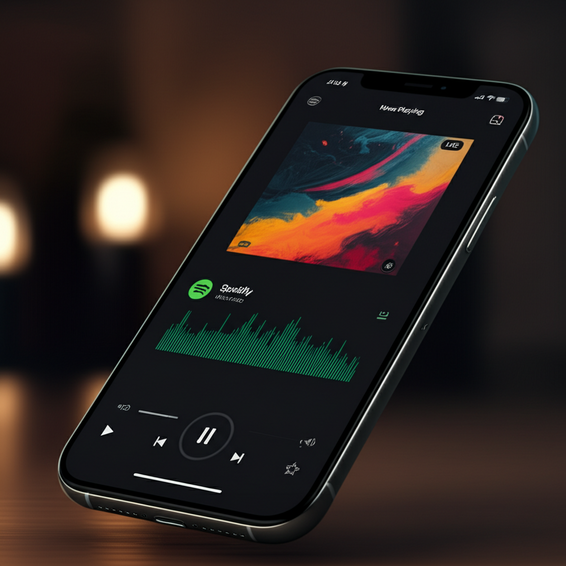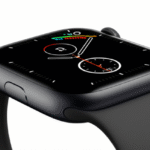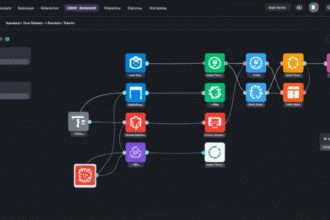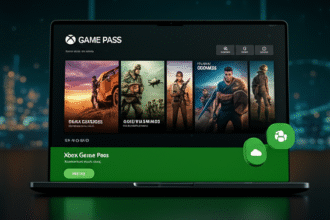In the age of streaming, music enthusiasts have always sought the best audio quality for their listening pleasure. Spotify has been a leader in this industry, yet the introduction of lossless audio streaming marks a pivotal change in how listeners engage with their favorite tracks. This post delves into what lossless audio is, why it matters, and how Spotify’s new offering could transform digital streaming.
What is Lossless Audio?
Lossless audio refers to a format where all the data from the original audio file is preserved, allowing for an exact replica of the sound as it was initially recorded. Unlike lossy formats (e.g., MP3, AAC), which compress audio by removing certain elements, lossless formats like FLAC (Free Lossless Audio Codec) maintain full fidelity.
Why Does Lossless Audio Matter?
For audiophiles and serious music enthusiasts, the differences between lossy and lossless audio can be crucial. Lossless audio provides a richer listening experience with clearer details, deeper bass, and better overall sound quality. This quality becomes especially apparent on high-end audio equipment and in immersive environments.
Spotify’s Transition to High-Quality Streaming
Spotify has recognized the rising demand for superior sound quality in its streaming service. The rollout of lossless audio formats aligns with their strategy to cater to this audience. This transition is expected to attract users who are seeking high-definition audio experiences, thereby expanding Spotify’s user base and offering more options for existing customers.
How will this Impact Spotify Users?
Users can expect several benefits from Spotify’s lossless audio option:
- Improved Sound Quality: Enhanced audio playback that captures every nuance of the music.
- Personalization: Users can choose their preferred audio settings according to their listening environment and preferences.
- Expanding Library: As streaming services compete, users may see a wider array of music available in lossless formats.
Will Lossless Streaming Replace Current Formats?
While lossless streaming offers compelling advantages, it’s unlikely to completely replace lossy formats. Many users prioritize convenience over quality, often streaming music at lower bitrates to save data or storage space. Thus, Spotify’s approach allows for customizable options catering to various user needs.
Challenges Ahead
Adoption of lossless audio on Spotify isn’t without its challenges:
- Data Consumption: Lossless audio files are significantly larger, leading to higher data usage for mobile users.
- Compatibility: Not all devices may support lossless formats, potentially limiting user access.
- Costs: Implementing lossless audio can lead to increased subscription fees, which may deter some users.
Conclusion: The Future of Digital Audio Streaming
Lossless audio streaming on Spotify is a fascinating development that may reshape how we consume music. As technology evolves, the demand for high-quality audio experiences will only grow. Stay tuned for further innovations as Spotify and other platforms push the envelope in delivering immersive, rich music experiences.








